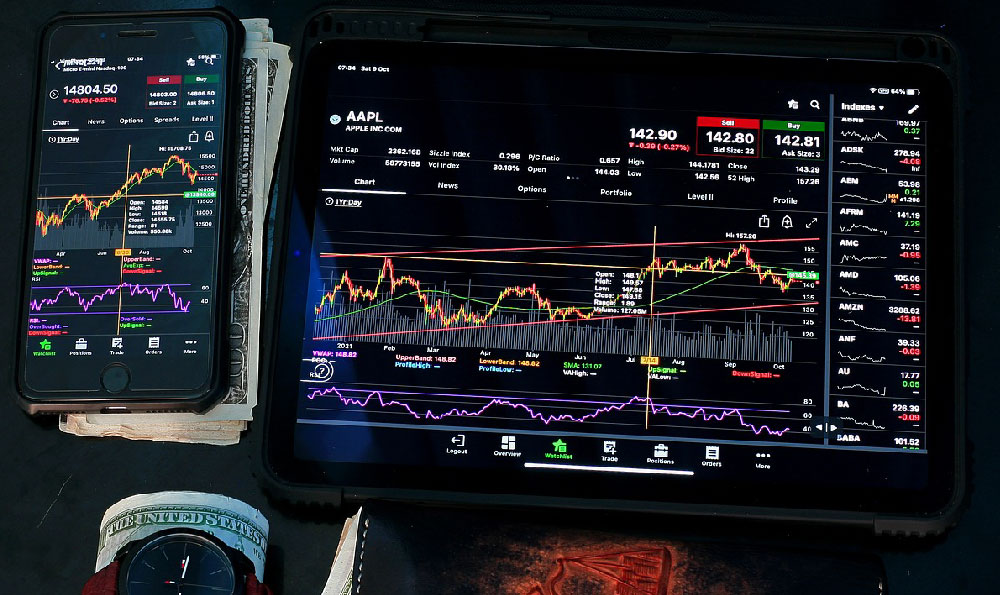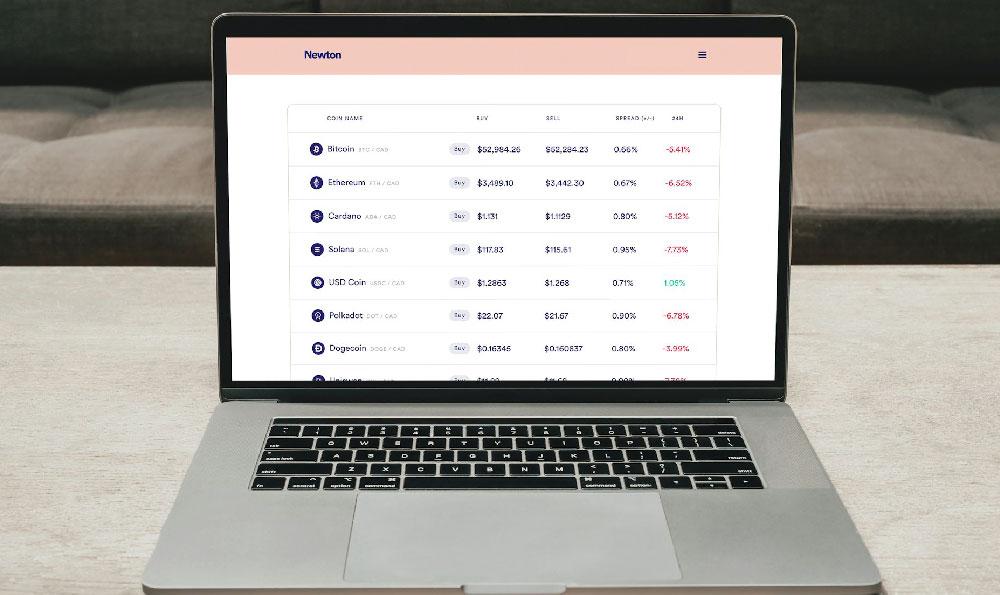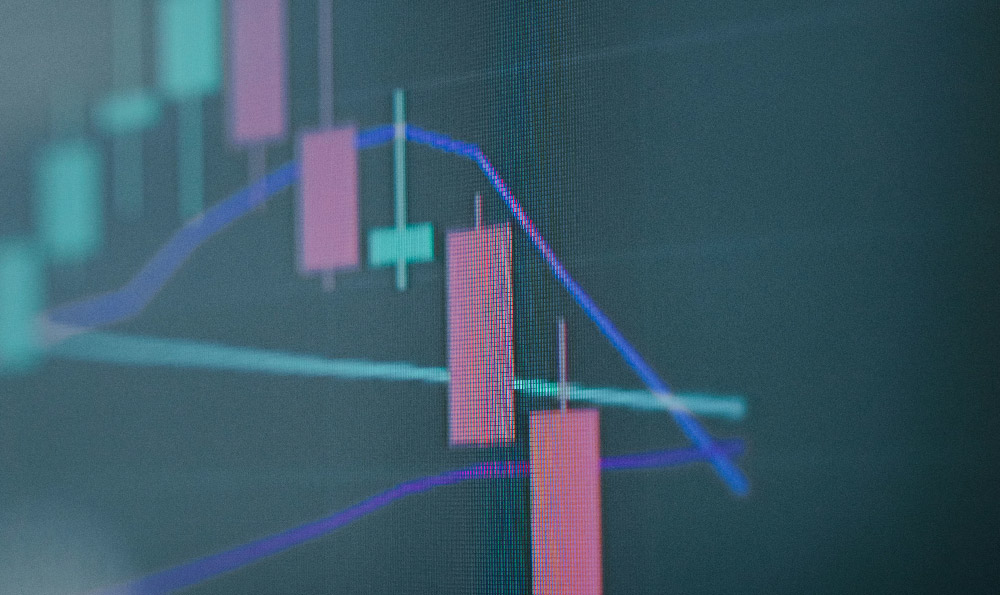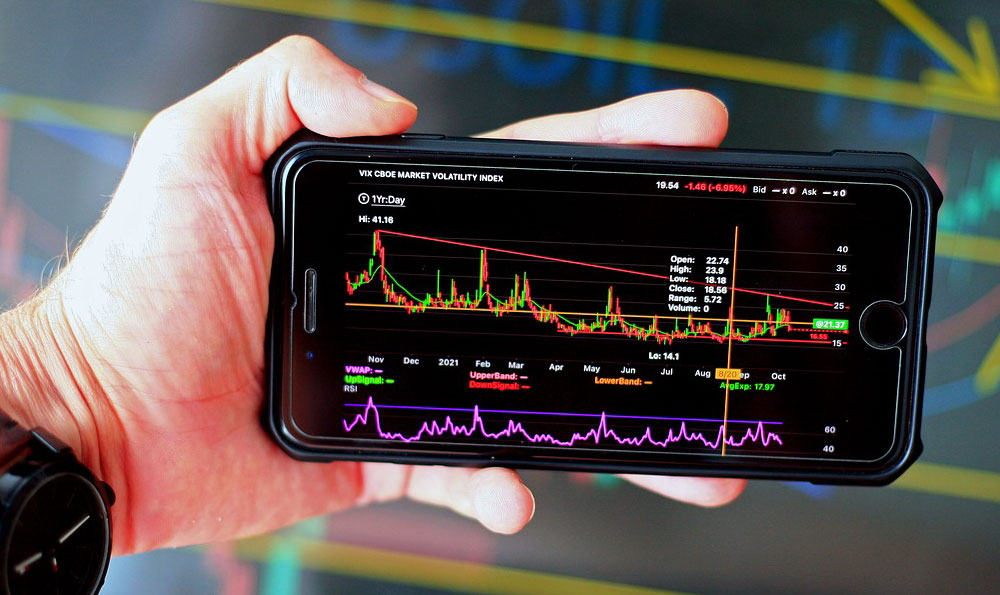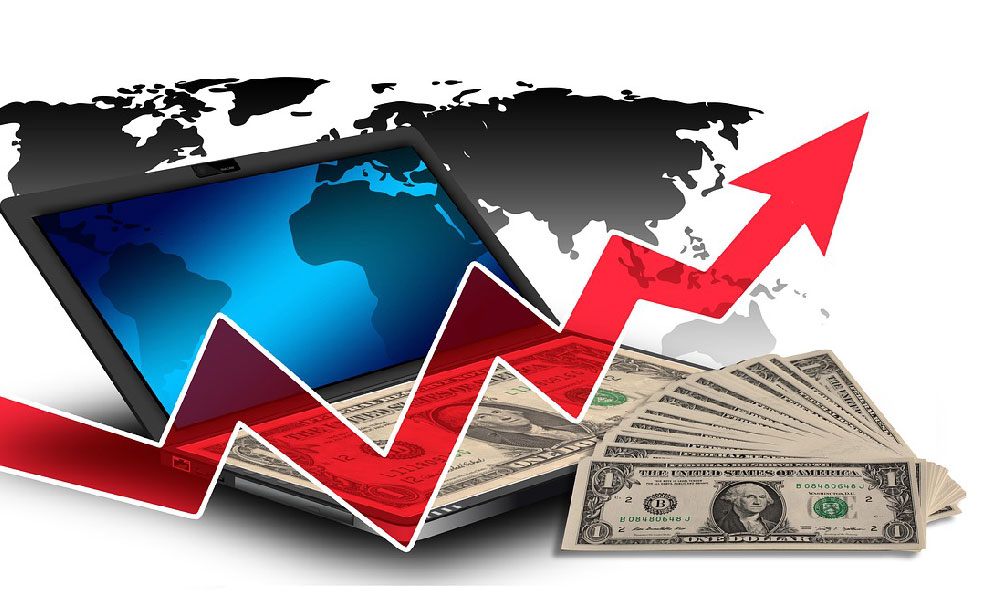Investing in copper can be a strategic move for those looking to diversify their portfolio and potentially benefit from the metal's vital role in modern infrastructure and technology. Copper is not just a commodity; it's an economic bellwether, often referred to as "Dr. Copper" due to its perceived ability to predict economic trends. Its demand is closely tied to construction, manufacturing, and the burgeoning renewable energy sector, making it a compelling investment opportunity. However, like any investment, understanding the nuances of the copper market is crucial before committing capital.
One of the primary drivers influencing the copper market is global economic growth, particularly in developing nations. As economies expand, so does the demand for infrastructure development, which invariably leads to increased copper consumption. Emerging markets, especially in Asia, are significant consumers of copper. Analyzing macroeconomic indicators such as GDP growth rates, industrial production indices, and construction spending in these regions can provide valuable insights into future copper demand. Supply-side factors also play a critical role. Disruptions to mining operations due to labor strikes, geopolitical instability, or environmental regulations can significantly impact copper availability and prices. Monitoring the output of major copper-producing countries, such as Chile, Peru, and China, is essential for assessing the supply-side dynamics.
Several avenues exist for investors looking to gain exposure to copper. Each offers a different risk-reward profile and requires careful consideration based on individual investment goals and risk tolerance.
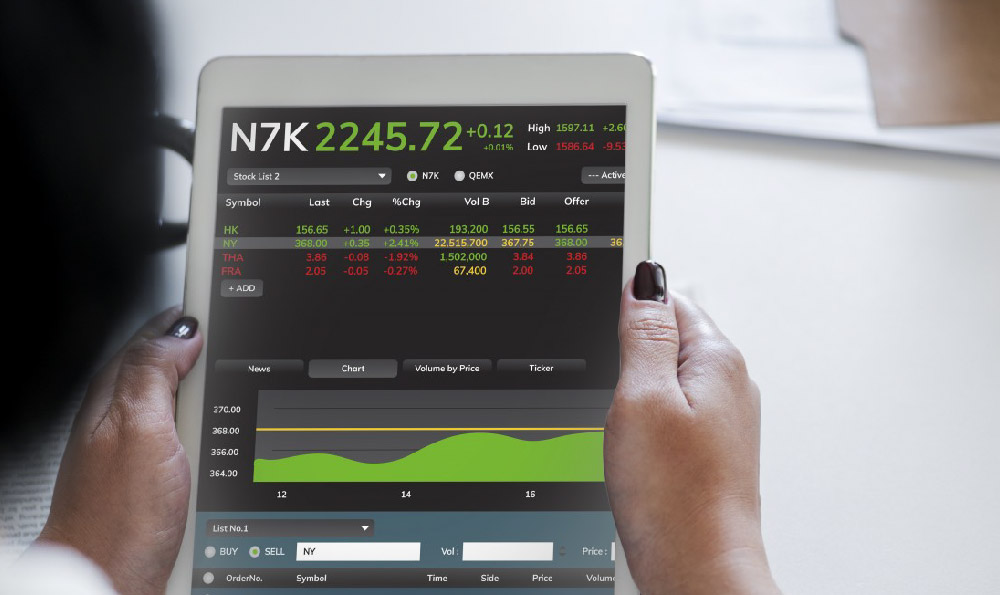
Buying Copper Mining Stocks: Investing in companies that mine copper is a popular way to participate in the copper market. These companies' profitability is directly linked to copper prices; however, it's crucial to understand that stock prices are also affected by company-specific factors like management performance, production costs, and exploration success. Researching individual mining companies, analyzing their financial statements, and assessing their operational efficiency are all necessary steps before investing in copper mining stocks. Diversifying across multiple mining companies can mitigate the risk associated with any single company's performance.
Copper ETFs (Exchange-Traded Funds): Copper ETFs offer a more diversified approach to investing in copper. These ETFs typically track copper futures contracts or invest in a basket of copper mining stocks. ETFs provide investors with exposure to the copper market without the need to directly purchase and store physical copper. Several copper ETFs are available, each with its own investment strategy and expense ratio. It's important to compare the different ETF options and choose one that aligns with your investment objectives. For example, some ETFs focus solely on copper futures, while others may invest in a broader range of copper-related assets.
Copper Futures Contracts: Trading copper futures contracts allows investors to speculate on the future price of copper. Futures contracts are agreements to buy or sell a specific quantity of copper at a predetermined price on a future date. Futures trading is highly leveraged, meaning that a small initial investment can control a large amount of copper. This leverage can amplify both gains and losses, making futures trading a high-risk investment strategy best suited for experienced traders with a thorough understanding of the copper market. Due to the complexities and risks involved, novice investors should approach copper futures trading with caution.
Physical Copper (Bars, Coins, etc.): While less common, investing in physical copper is also an option. This involves purchasing copper bars, coins, or other physical forms of the metal. Storing physical copper can be challenging and costly, as it requires secure storage facilities. Furthermore, the price of physical copper may not always perfectly correlate with the spot price of copper due to storage and transportation costs. Investing in physical copper may be suitable for those who prefer a tangible asset but requires careful planning and consideration of the logistical challenges.
When deciding where to buy copper, consider the following:
-
Brokerage Accounts: For investing in copper mining stocks and copper ETFs, a brokerage account is essential. Choose a reputable broker that offers access to a wide range of investment products and charges competitive fees.
-
Futures Exchanges: To trade copper futures contracts, you'll need an account with a futures broker. Ensure the broker is regulated and has a strong track record.
-
Precious Metals Dealers: If you're interested in purchasing physical copper, reputable precious metals dealers are the best source. Verify their authenticity and reputation before making any purchases.
Before making any investment decisions, it’s important to consider your individual financial circumstances, risk tolerance, and investment goals. Consult with a qualified financial advisor to discuss your specific needs and create a personalized investment plan. The advisor can help you assess your risk profile, determine the appropriate allocation to copper within your portfolio, and guide you through the process of selecting the right investment vehicles.
Successfully navigating the copper market requires continuous learning and adaptation. Stay informed about market trends, geopolitical developments, and technological advancements that could impact copper demand and supply. Attend industry conferences, read financial news, and follow reputable analysts who specialize in the metals and mining sector. The more you understand the dynamics of the copper market, the better equipped you will be to make informed investment decisions.
Investing in copper is not without its risks. Price volatility, economic downturns, and unforeseen supply disruptions can all impact the value of copper investments. Diversification is key to mitigating these risks. Don't put all your eggs in one basket. Spread your investments across different asset classes to reduce the overall risk of your portfolio. Consider investing in other commodities, stocks, bonds, and real estate to create a well-rounded and diversified portfolio that can withstand market fluctuations. Moreover, regularly review and rebalance your portfolio to ensure it remains aligned with your investment goals and risk tolerance. As market conditions change, it may be necessary to adjust your asset allocation to maintain a desired level of risk.
In conclusion, investing in copper can be a potentially rewarding opportunity, but it requires a thorough understanding of the market dynamics, different investment options, and inherent risks. By conducting thorough research, diversifying your portfolio, and consulting with a financial advisor, you can increase your chances of success in the copper market. Remember that no investment guarantees returns, and it's important to approach copper investing with a long-term perspective and a well-defined investment strategy.


